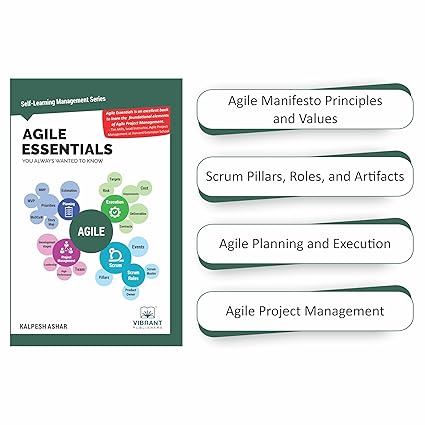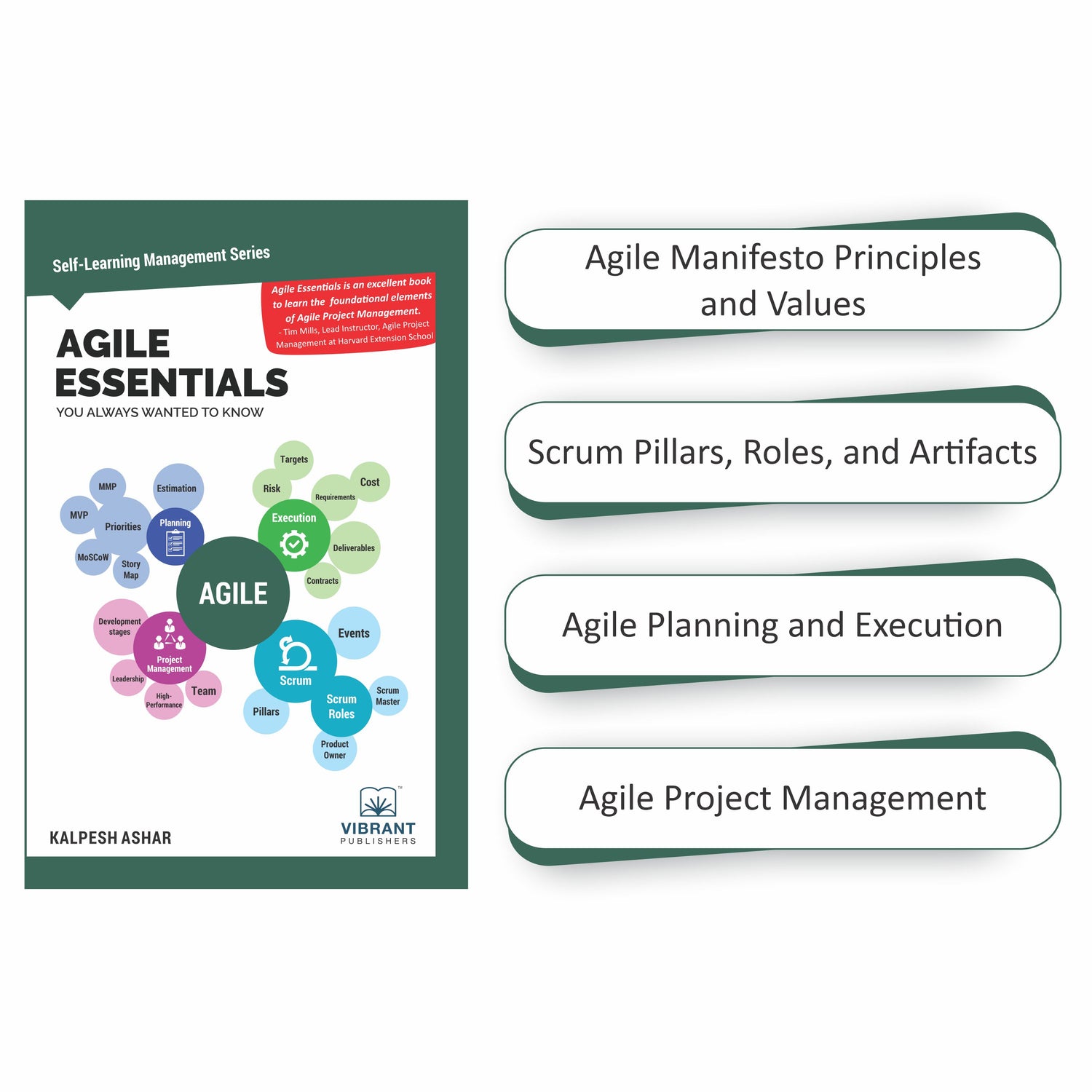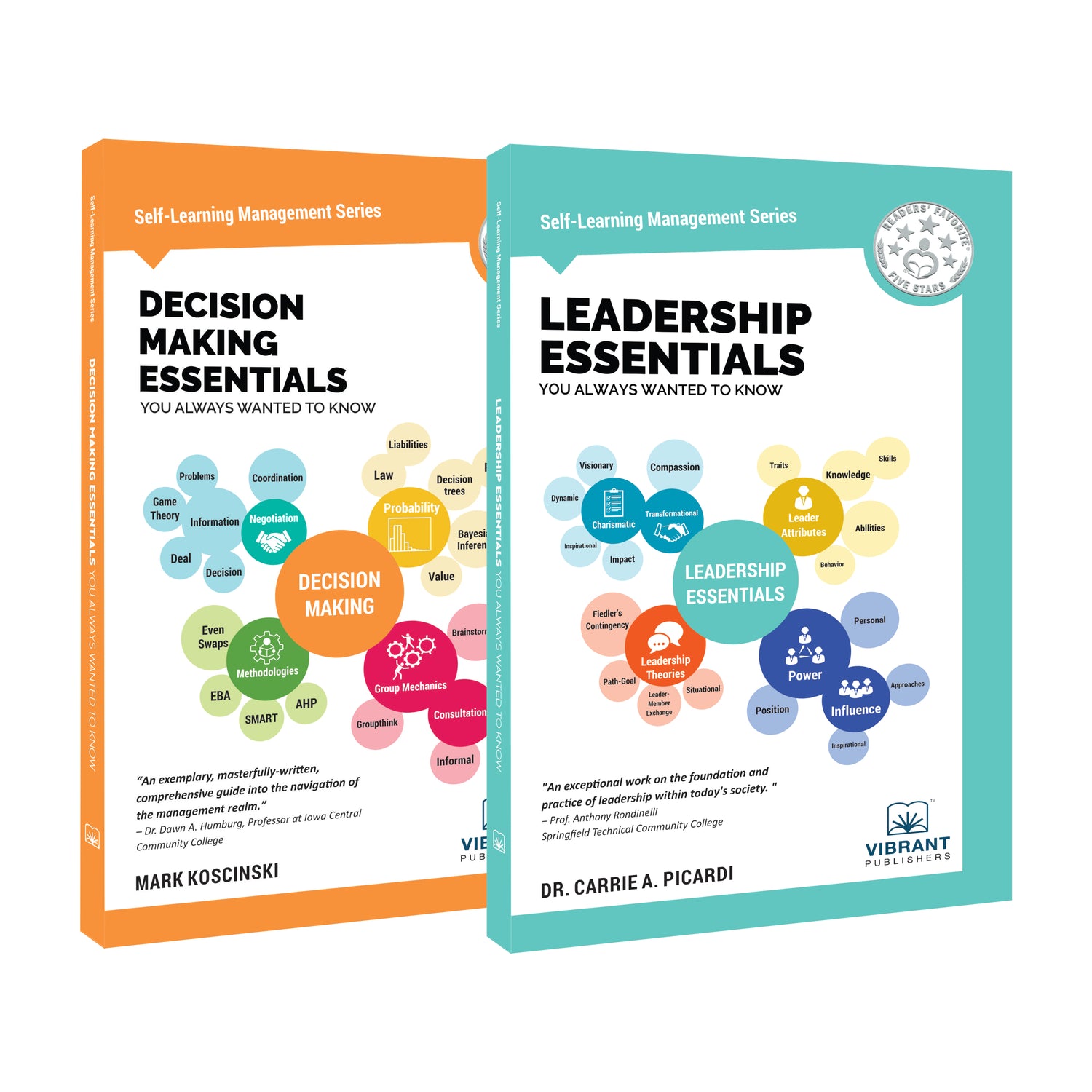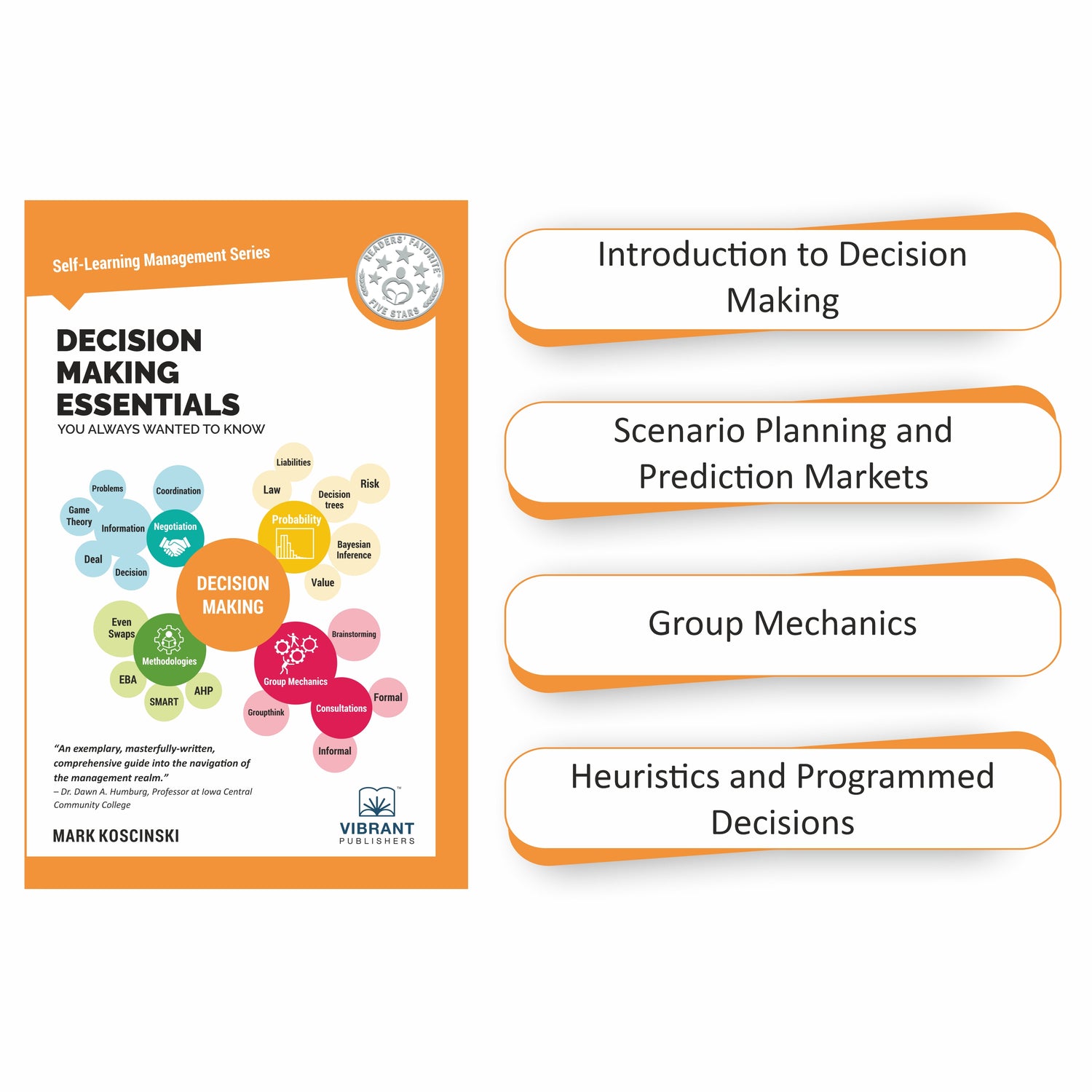Home
-
Blogs on Business and Entrepreneurship
-
Power & Influence: The Cornerstones of Effective Leadership
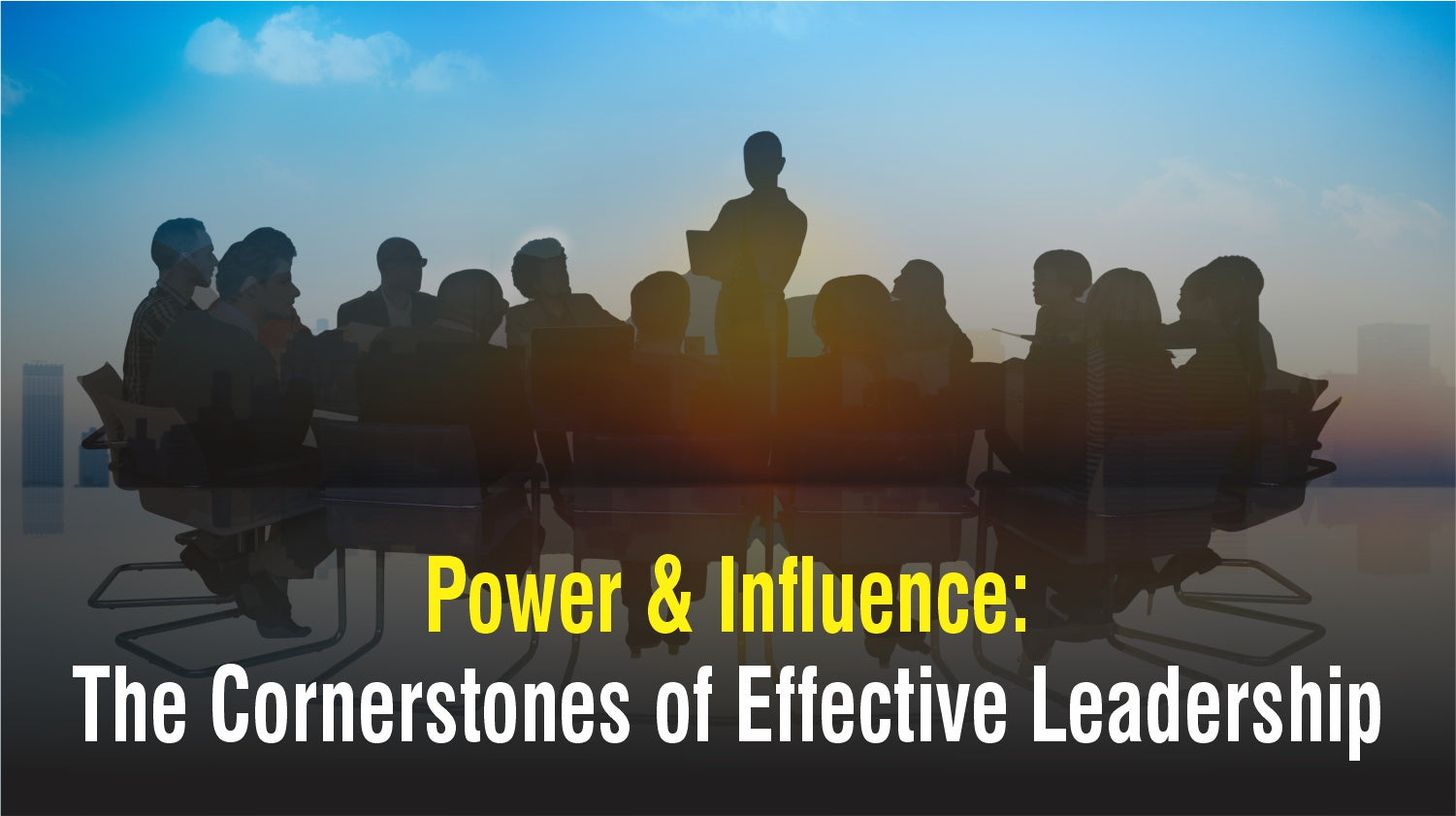
Power & Influence: The Cornerstones of Effective Leadership
Leadership isn’t just about vision, strategy, or charisma—at its core, leadership is about getting people to move in a common direction. And to make that happen, every leader must master two foundational forces: power and influence.
Whether you're a team manager, an executive, or an emerging leader, understanding how to responsibly use power and skillfully apply influence can be the difference between leading a compliant team and inspiring a committed one.
What is Power in Leadership?
In the leadership context, power refers to a leader’s ability to affect the behavior, decisions, or actions of others. It’s not just about authority or titles—it’s about how effectively a leader can shape the environment and guide outcomes.
There are two broad categories of power:
- Position Power: Derived from your formal role or authority (e.g., legitimate power, reward power, coercive power).
-
Personal Power: Gained from individual qualities like expertise, likability, and trustworthiness (e.g., expert power, referent power).
💡 Leaders who rely solely on positional power often find short-term compliance. But for long-term commitment, personal power often proves more effective.
The Four Outcomes of Power-
Before diving deeper into the different types of power, it’s essential to understand what power actually produces. The way a leader exercises power—and the influence tactics they use—can result in four different outcomes:

These outcomes depend on several factors: the leader’s credibility, the situation, the consequences of disobedience, and how aligned the followers feel with the mission.
💡 A smart leader isn’t just focused on getting things done—they’re focused on how people feel while doing it.
Influence in Leadership: Turning Power into Action
Now that we’ve explored the types of power, let’s shift our focus to how leaders use their power in real-world interactions. This is where influence comes in.
Influence is the application of power to shape opinions, encourage action, and shift behaviors. Whether trying to inspire a team, gain buy-in, or initiate change, leaders must employ specific influence tactics.
Based on the work of leadership scholar Gary Yukl (1989), there are nine core influence tactics leaders can use—often in combination—to drive results and build commitment.

A leader’s ability to influence effectively can determine whether a team moves forward in alignment—or not at all.
In times of change, uncertainty, or even just routine operations, leaders must motivate individuals to act in the best interest of the group or organization. That requires authenticity, emotional intelligence, and the strategic use of influence tactics.
💡 Important note: Not every tactic fits every scenario. Influence that feels forced or insincere is unlikely to be effective. Leaders should focus on the approaches that align with their personality, context, and team dynamics.
Effective Leadership Using Empowerment
Some leaders fear that sharing power will weaken their authority—but the truth is quite the opposite. The most effective and respected leaders understand that empowering others enhances their own influence, builds trust, and creates stronger, more motivated teams.
Empowerment means intentionally giving others a voice in decisions, the autonomy to make choices, and the tools to take initiative. When followers are empowered, they feel trusted, valued, and capable.
Empowerment doesn't mean stepping away entirely. Great leaders continue to:
- Monitor progress
- Offer support when needed
- Step in during high-stakes situations
- Clearly define the boundaries of decision-making authority
Final Thoughts: The Power to Influence, the Influence to Empower
Leadership without power is ineffective. Power without influence is unsustainable. And influence without empowerment is incomplete.
Leadership Essentials You Always Wanted to Know dives deeper into these concepts—exploring types of power, real-world influence strategies, and how leaders at all levels can foster empowerment.
Whether you're leading a team of two or an organization of thousands, power and influence aren’t about control—they’re about connection and commitment.
📘 Want to Learn More?
Explore these concepts and more in Leadership Essentials You Always Wanted To Know—your go-to guide for mastering leadership fundamentals, written for emerging leaders, managers, and professionals aiming to elevate their impact.
Share






